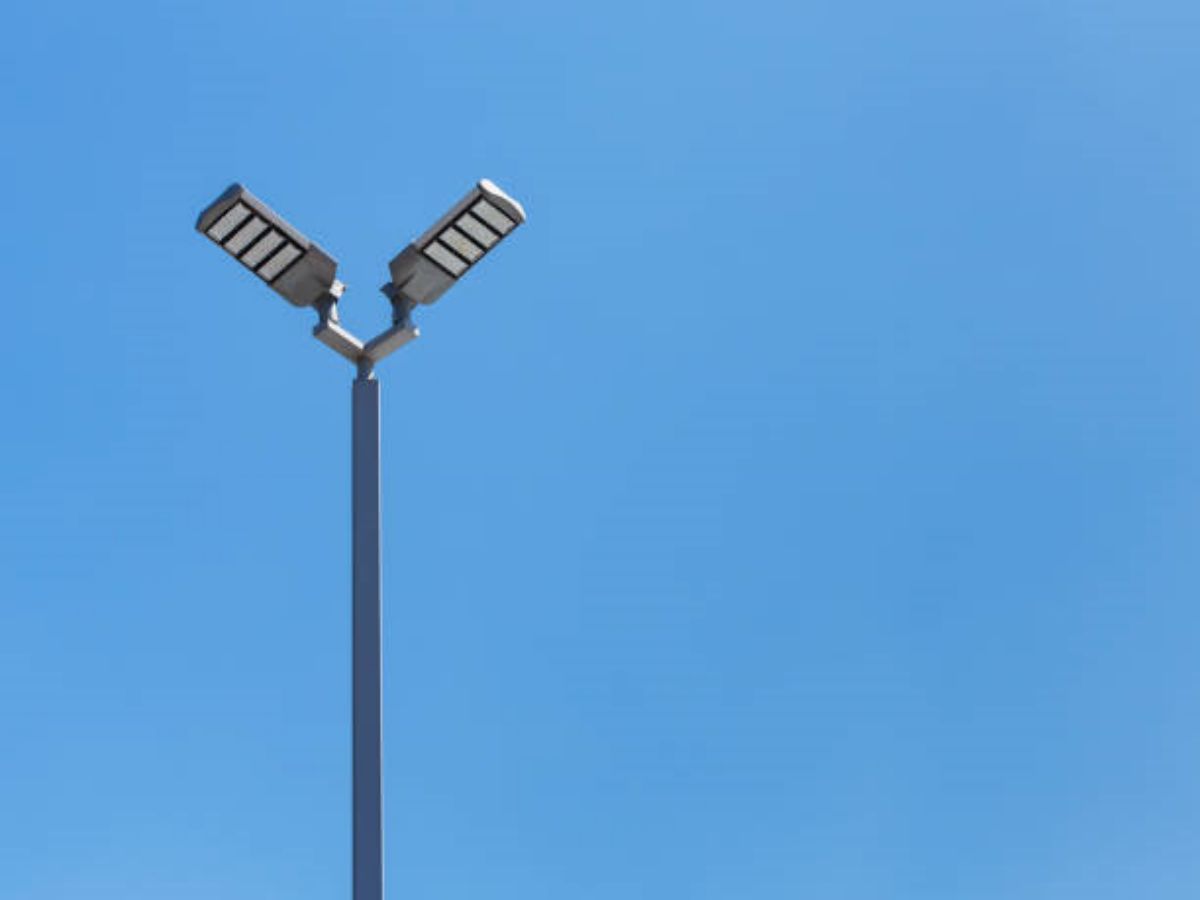A Comprehensive Guide on Designing Custom Cable Assemblies with M20 Waterproof Connectors
Designing custom cable assemblies with M20 waterproof connectors requires careful planning and knowledge of industry standards. These connectors are widely used in various applications, including automotive, industrial, and outdoor environments. In this article, we will discuss the key aspects to consider when designing custom cable assemblies with M20 waterproof connectors.
1. Understanding M20 Waterproof Connectors
M20 waterproof connectors are designed to provide reliable and secure connections in harsh environments. These connectors typically feature a threaded coupling mechanism, ensuring a tight and waterproof seal. They are commonly used in applications where protection against dust, water, and other environmental factors is essential.
2. Identifying Application Requirements
Before designing custom cable assemblies with M20 waterproof connectors, it is crucial to identify the specific requirements of your application. Consider factors such as voltage, current, temperature range, and environmental conditions. This information will help you select the appropriate cable, connector, and sealing options.
3. Selecting the Right Cable
The choice of cable is critical in designing custom cable assemblies with M20 waterproof connectors. Factors to consider include conductor size, insulation material, shielding, and flexibility. It is essential to select a cable that meets the electrical and mechanical requirements of your application while also providing appropriate protection against moisture and environmental hazards.
4. Choosing the Suitable M20 Waterproof Connector
There are various types of M20 waterproof connectors available, each with its own specifications and features. Consider factors such as the number of pins, voltage rating, current-carrying capacity, and IP (Ingress Protection) rating. The IP rating indicates the connector's resistance to dust and water, with higher numbers representing better protection.
5. Ensuring Proper Connector Termination
Proper termination of the connectors is crucial to ensure reliable and durable connections. Follow the manufacturer's guidelines for crimping, soldering, or other termination methods. It is essential to use the appropriate tools and techniques to achieve secure and consistent terminations.
6. Implementing Effective Cable Management
Efficient cable management is essential for custom cable assemblies with M20 waterproof connectors. Use cable ties, clamps, and protective conduits to organize and secure the cables. This not only improves the overall aesthetics but also prevents strain on the connectors and ensures long-term reliability.
7. Testing and Quality Assurance
Before deploying custom cable assemblies with M20 waterproof connectors, thorough testing and quality assurance procedures should be implemented. Perform electrical tests, such as continuity and insulation resistance, to ensure proper functionality. Additionally, conduct environmental tests to verify the connectors' resistance to water, dust, and temperature variations.
8. Compliance with Industry Standards
Ensure that your custom cable assemblies with M20 waterproof connectors comply with relevant industry standards and certifications. These standards ensure the safety and performance of the assemblies. Examples of relevant standards include IP ratings (IEC 60529), electrical safety standards (UL, CSA), and environmental standards (RoHS, REACH).
9. Customization Options and Technical Support
When designing custom cable assemblies with M20 waterproof connectors, consider the customization options provided by the manufacturer. Some manufacturers offer customization services, allowing you to tailor the cable assemblies to your specific needs. Additionally, seek technical support from the manufacturer to address any design or implementation challenges.
10. Maintenance and Care
Proper maintenance and care are essential for the longevity and reliability of custom cable assemblies with M20 waterproof connectors. Regularly inspect the assemblies for any signs of damage, corrosion, or wear. Clean the connectors and cables as recommended by the manufacturer to prevent dust, debris, or moisture buildup.

